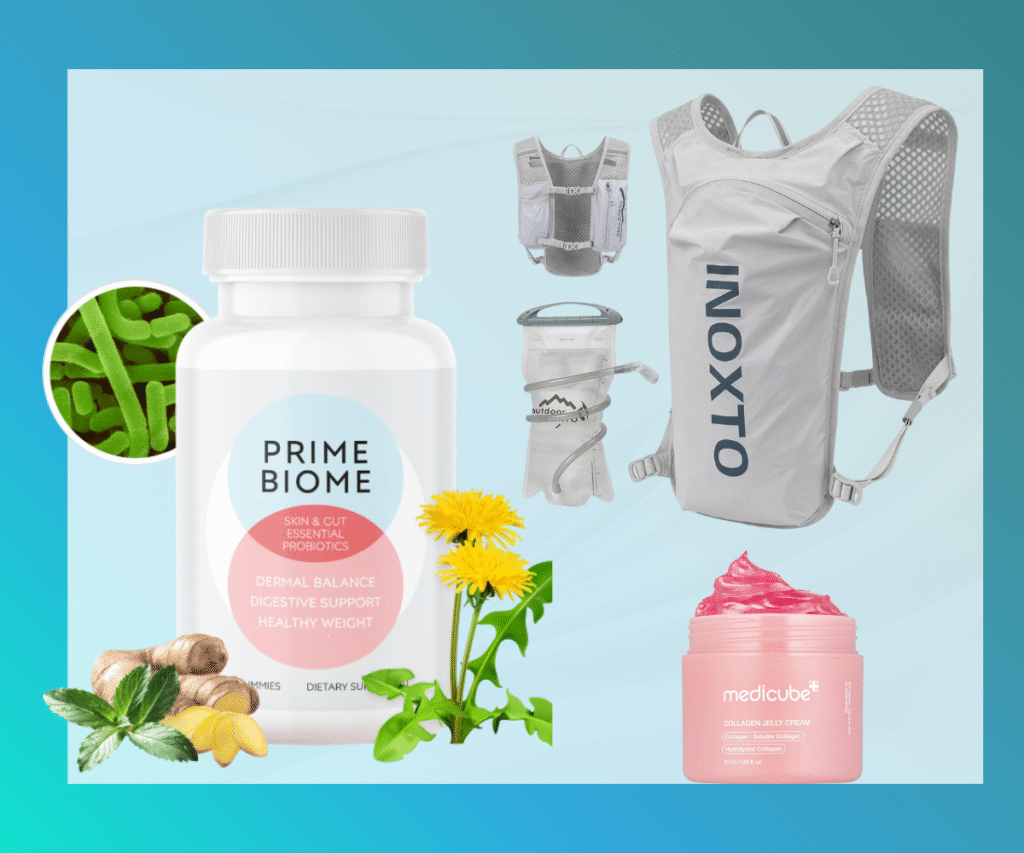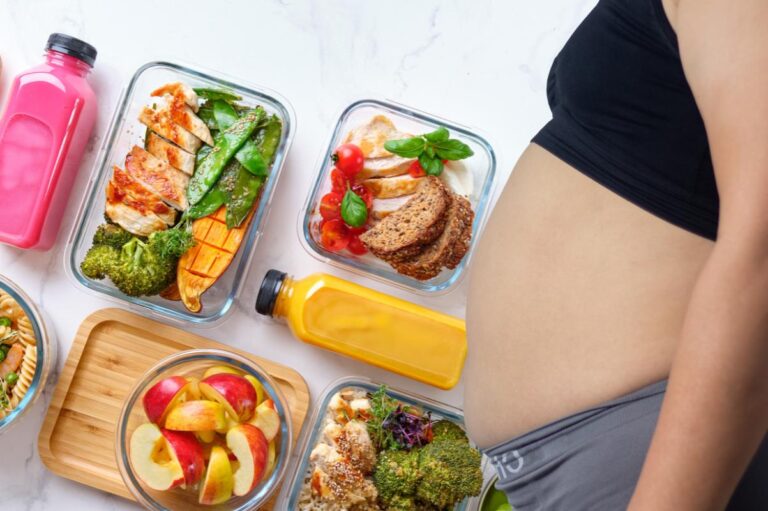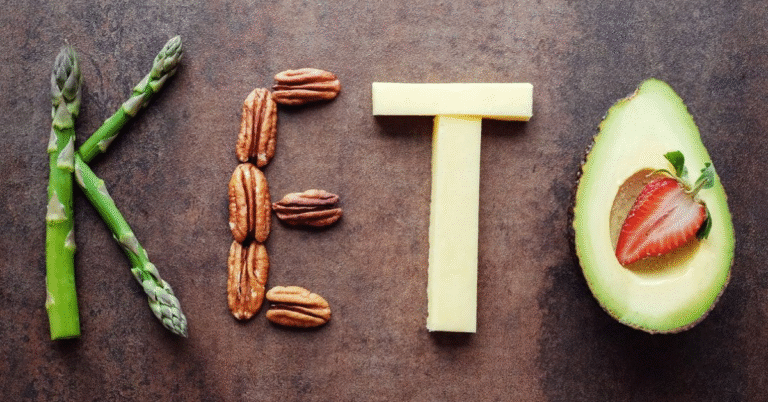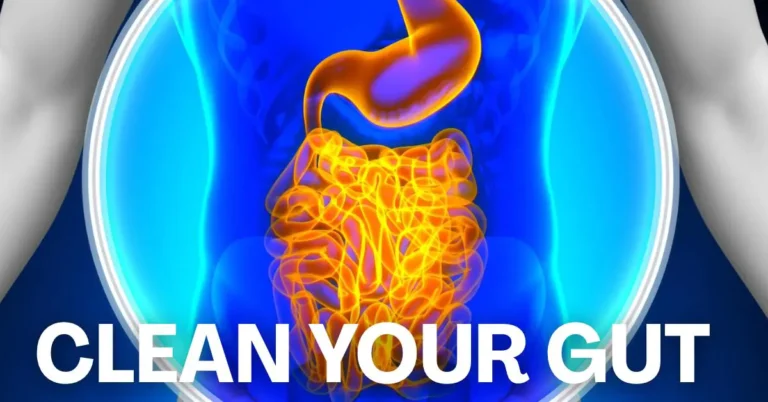Best Foods to Balance Estrogen Levels Naturally
Whether you’re experiencing PMS, mood swings, irregular cycles, or symptoms of perimenopause, your estrogen levels may be imbalanced. Estrogen, a crucial hormone, influences various aspects of our lives, including reproductive health, mood, metabolism, and bone strength. Interestingly, your diet plays a significant role in maintaining a healthy estrogen balance.
Certain foods, such as flaxseeds and cruciferous vegetables, support healthy estrogen metabolism by either boosting low estrogen levels or helping the body eliminate excess amounts. Here’s what the scientific evidence suggests and which foods you should include in your grocery list immediately.
Why Estrogen Balance Matters for Women’s Health
Estrogen, beyond its role in periods and fertility, significantly impacts brain function, heart health, bone density, and skin elasticity. When estrogen levels are low (as in menopause or intense stress), it can cause hot flashes, insomnia, and vaginal dryness. Conversely, when estrogen levels are high (often due to poor liver detoxification or exposure to environmental xenoestrogens), symptoms may include bloating, mood swings, weight gain, and an increased risk of estrogen-dominant conditions such as PCOS or fibroids.
“Diet plays a crucial role in women’s estrogen balance, according to Dr. Natasha Greene, a board-certified OB-GYN. Certain foods aid in estrogen detoxification, while others support production during deficiency.”
Top 10 Foods to Naturally Balance Estrogen
1. Flaxseeds
Rich in lignans, flaxseeds are phytoestrogens that gently modulate estrogen levels. They can both reduce excess estrogen and support estrogen activity when it’s low.
A 2020 study in Hormone and Metabolic Research found that women who consumed flax regularly showed improved hormone balance and reduced PMS symptoms.
2. Cruciferous Vegetables (Broccoli, Cauliflower, Kale)
Contain DIM (diindolylmethane) and indole-3-carbinol, which help the liver detoxify excess estrogen and promote healthy estrogen metabolism.
3. Green Tea
Loaded with catechins and antioxidants that may block harmful estrogenic activity and improve liver function for better hormone clearance.
4. Berries (Blueberries, Strawberries, Raspberries)
Antioxidant-rich and low glycemic, berries help prevent insulin spikes that can contribute to estrogen dominance.
5. Nuts and Seeds (Almonds, Sesame, Sunflower)
Packed with healthy fats, vitamin E, and fiber, which support adrenal health and hormonal regulation. Sesame seeds are also rich in lignans.
6. Avocados
Provide beta-sitosterol, which may help regulate cortisol and estrogen levels while supporting progesterone production a key counterbalance to estrogen.
7. Fatty Fish (Salmon, Mackerel, Sardines)
High in omega-3 fatty acids, which reduce inflammation and support estrogen production during deficiency.
8. Sweet Potatoes
A complex carbohydrate that supports healthy ovulation and provides vitamin A for hormone production.
9. Citrus Fruits (Oranges, Lemons, Grapefruit)
They contain compounds that may inhibit aromatase, the enzyme that converts testosterone into estrogen, which is beneficial in cases of estrogen dominance.
10. Garlic and Onions
High in sulfur, cruciferous vegetables support liver detox pathways, which are crucial for metabolizing and eliminating excess estrogen.
What Research Says About Estrogen and Food
- A 2022 study in Nutrients showed that diets high in fiber and low in processed foods were associated with lower circulating estrogen in premenopausal women.
- Flaxseeds were found to increase SHBG (sex hormone-binding globulin), helping regulate free estrogen levels.
- Cruciferous veggies, especially broccoli, have been shown to shift estrogen metabolism toward more protective forms.
Estrogen Imbalance Is Common and Often Overlooked
According to the NIH, more than 80% of women experience some form of hormonal imbalance during their reproductive years. Common symptoms include:
- Mood swings
- Breast tenderness
- Heavy periods
- PCOS
- Infertility
Dr. Greene explains that we often medicate hormonal imbalances without addressing the underlying causes, which often originate in the gut and liver. According to Dr. Greene, food plays a crucial role in naturally rebalancing hormones.
How to Start Eating for Estrogen Balance
- Add 1–2 tablespoons of ground flaxseeds daily to smoothies or oatmeal.
- Eat cruciferous vegetables at least 4x per week.
- Drink green tea instead of coffee for gentler adrenal support.
- Avoid hormone-disrupting foods like processed soy, alcohol, sugar, and refined carbs.
- Focus on liver-supporting nutrients (B vitamins, sulfur foods, fiber).
Explore Mayo Clinic’s guide to women’s hormone health for more.
Your Plate Can Help Rebalance Your Hormones
Estrogen levels naturally fluctuate throughout a woman’s life, but poor diet, stress, and environmental toxins can disrupt this balance. Fortunately, consuming the right foods can gently restore harmony without the need for medications.
When women prioritize eating to support their hormones, they often experience notable changes in their bodies swiftly increased energy, improved moods, reduced bloating, and more regular menstrual cycles, as explained by Dr. Greene.
Check out the healthlynic ✔️approved range of products for Weight Loss, Improve metabolism and much more!







